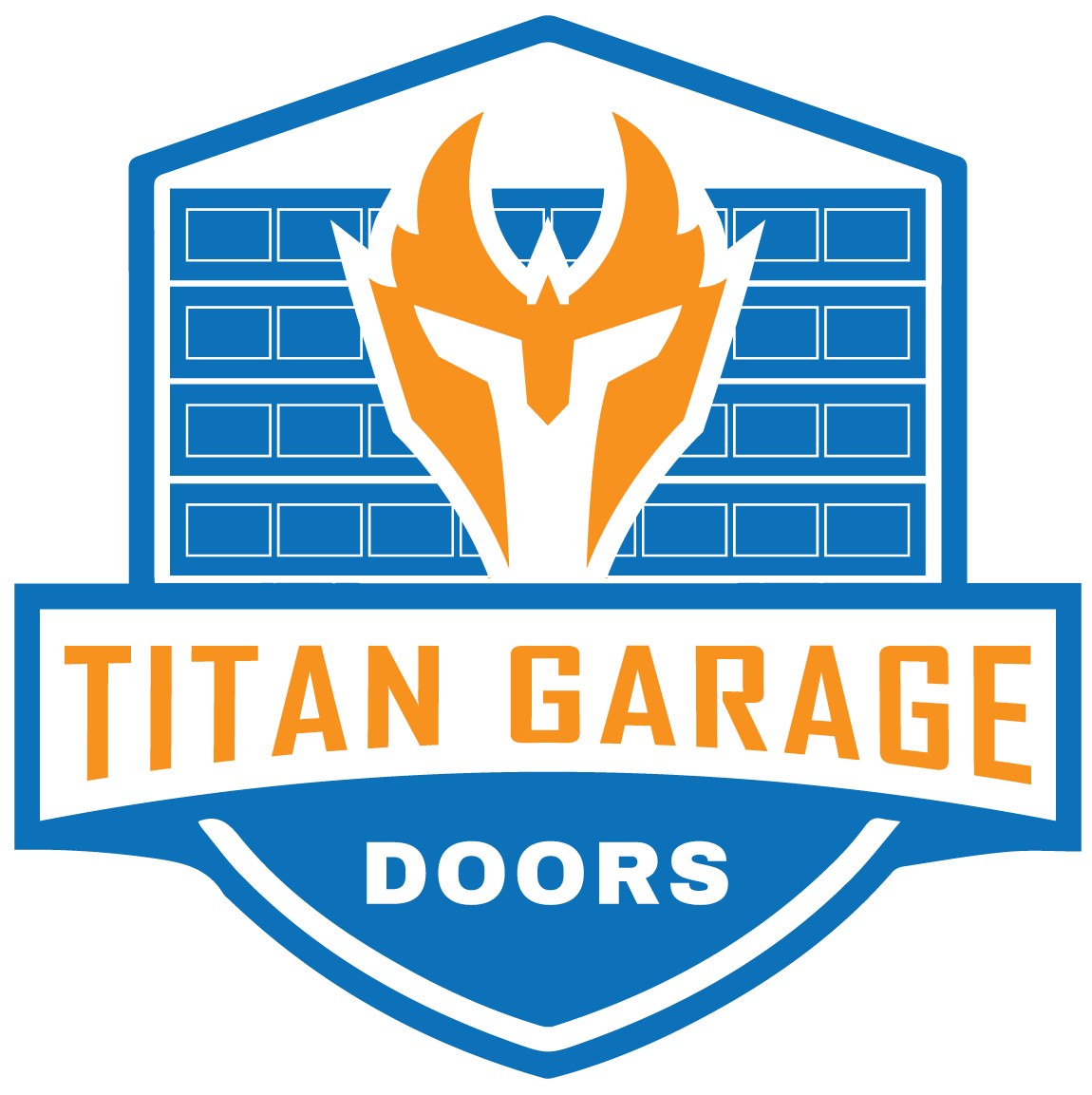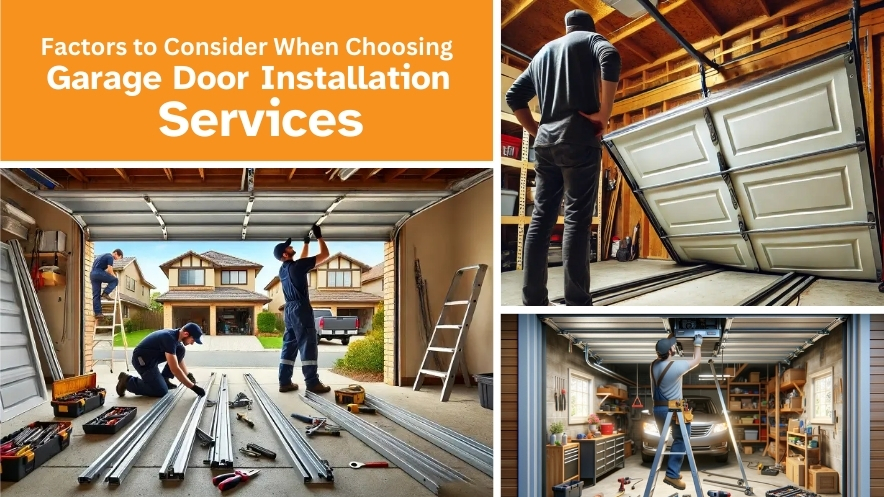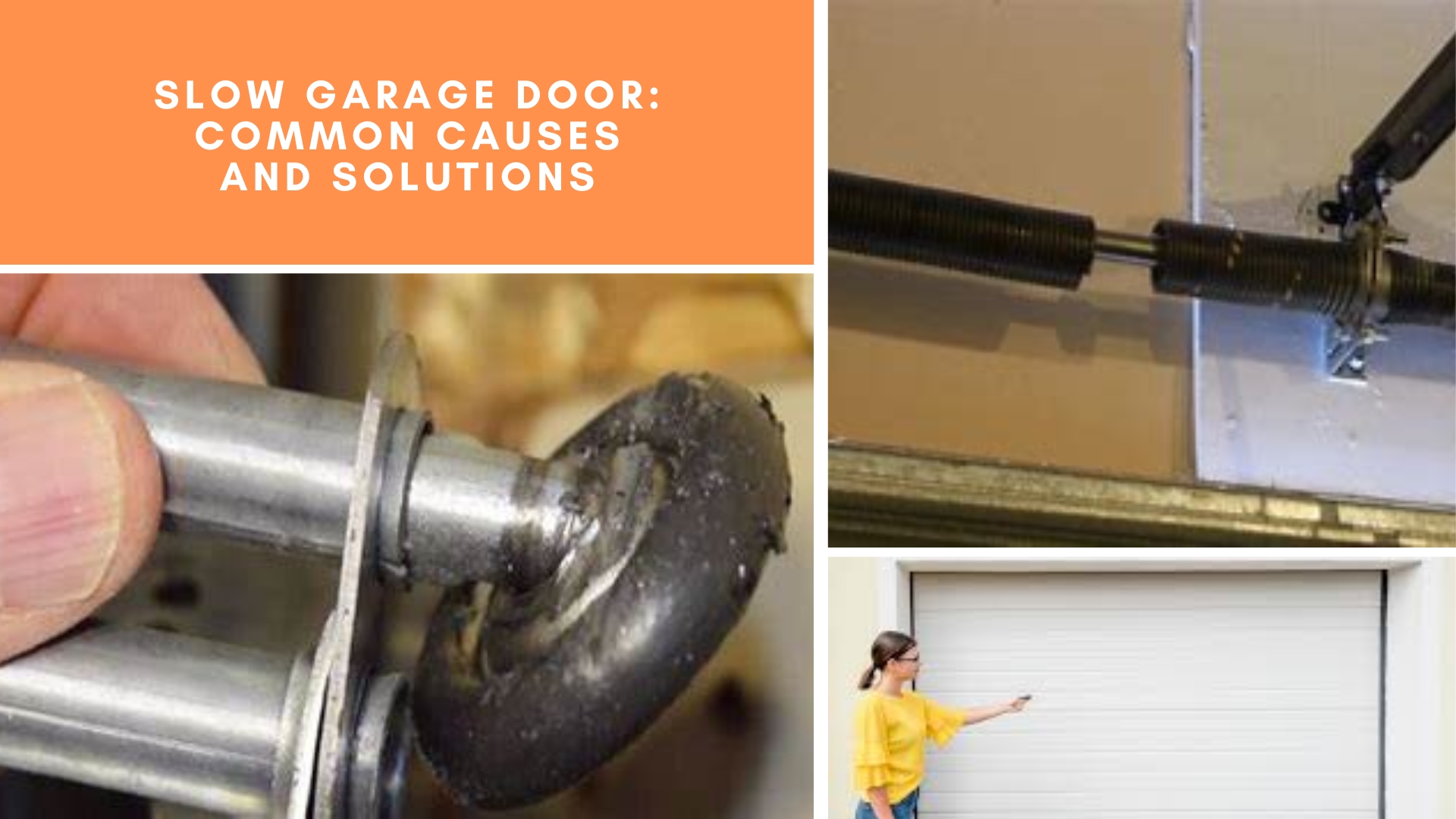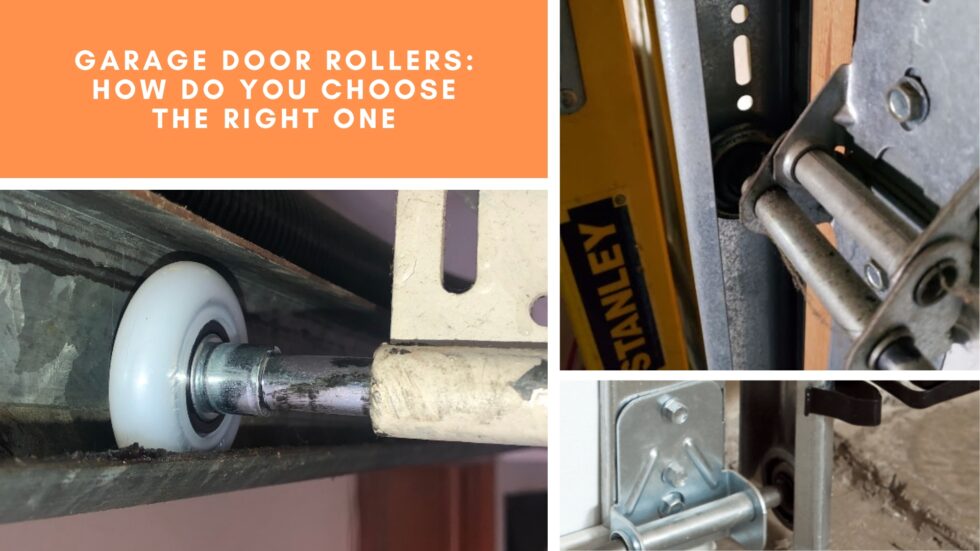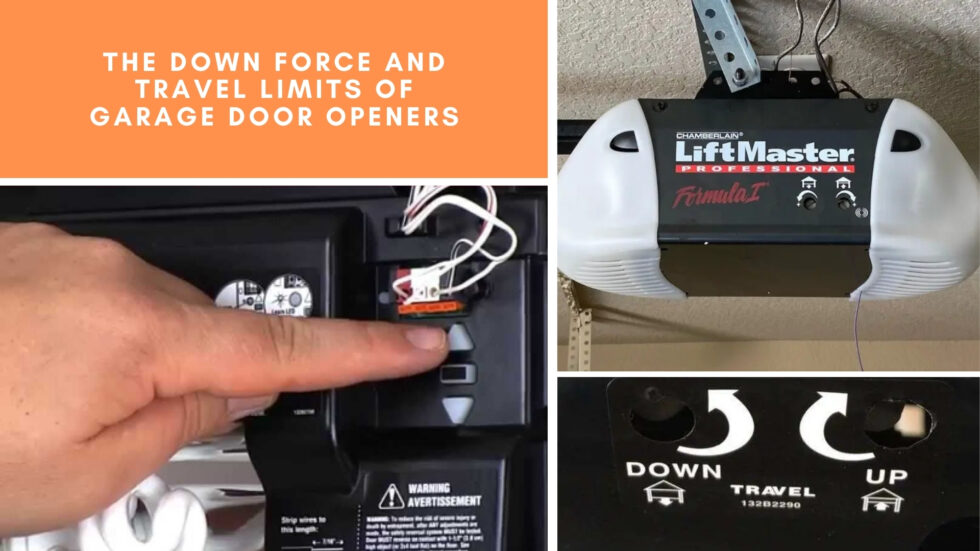
Have you ever thought about why your garage door is so easy to open and close? Or, what stops it from slamming down dangerously? The answer lies in the down force and travel limits of your garage door opener. But what are these features, and why are they so important? This blog has all the answers. Find out how down force and travel limits play a vital role in the operation of your garage opener.
What is Down Force in Garage Door Openers?
Homeowners may not know what downforce means, but it plays a significant part in how well and safely a garage door opener works. It is the force that the automated opener uses to shut the door. This force makes sure the door closes fully but not so hard that it could hurt someone or damage the door.
The Importance of Proper Down Force Settings
It is very important to set the down force on your garage door opener properly. Setting the down force too high could cause the door to close too quickly. It could damage the door or opener mechanism and, worse, put people and pets in danger. Meanwhile, a low down force may not close the door completely, putting your property at risk and wasting energy.
Safety Features
The key aspect of down force in garage doors is ensuring safety. Garage doors are heavy, and if they close too hard, they can hurt someone or damage something. Most garage door openers have auto-reverse mechanisms to avoid this issue. This component allows the door to reverse when it meets resistance. However, you should not count on these safety features alone. Proper down force adjustments are also necessary for overall security.
The Role of Travel Limits in Garage Door Openers
A garage door opener’s travel limit settings decide how high or low it can go. With correct adjustments in these settings, the door can open and close with no worries. However, problems can happen if you set the travel limits the wrong way. The door could hit the ceiling if you set it too high, damaging the door or other things nearby. On the other hand, setting the limits too low could cause the door not to close all the way or move in the wrong direction. So make sure you set those limits properly to keep your door safe and make it work smoothly.
Setting and Adjusting Down Force and Travel Limits
Let us learn how to make the proper adjustments on both these settings to keep the garage door working smoothly and much safer.
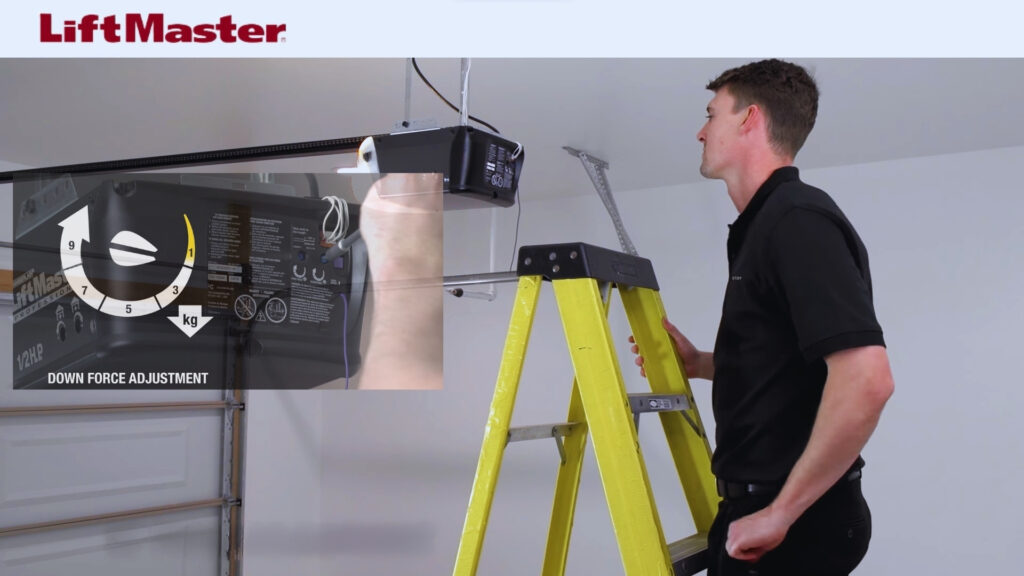
Setting the Down Force
- Locate the control settings: Usually, you can find these on the back of the opener’s motor unit. Refer to your model’s manual, as the location and design can vary.
- Make slight adjustments: Turn the down force adjustment knob or screw slightly. A quarter-turn is a good starting point.
- Test the door’s response: After each adjustment, test the door by closing it. It should close firmly but not slam down.
- Safety reverse test: Place a roll of paper towels on the ground where the door closes. The door should reverse upon contacting the roll. If it does not, decrease the down force.
Adjusting Travel Limits
- Find the limit adjustment controls: These are also located on the opener and are separate from the down force controls.
- Adjust the open limit: If your door does not fully open, turn the open limit control slightly until the door reaches the desired height.
- Adjust the close limit: If the door does not close completely or reverses before hitting the floor, adjust the close limit control.
- Test and re-adjust as necessary: Check that the door opens and closes properly every time you make a change. You may have to make some adjustments again if needed.
Tips for Effective Adjustment
- Refer to the manual: Always look at the manual that came with your garage door opener for exact directions.
- Adjust little by little: Small changes can have big effects. Note that in every change you make, you may need to test the door over and over.
- Prioritize safety: Get professional help if you are unsure about the adjustment or the door does not work afterward.
- Regular checks: Even after successful adjustment, regularly check the door’s operation, as wear and tear can change settings in the long run.
Common Down Force and Travel Limits Issues and Troubleshooting
Homeowners will always have problems with their garage door openers. Knowing these issues about down force and travel limits can help you save time and stay safe.
The door reverses before or after hitting the floor.
- Problem: The garage door reverses immediately before right before it closes all the way or right after it hits the ground.
- Cause: This is often because of improper travel limit settings.
- Solution: Adjust the travel limit settings so the door closes completely without excessive force.
The garage door does not fully open or close.
- Issue: The door stops before it reaches the open or close positions.
- Reason: This is often the result of incorrectly set travel limits.
- Resolution: Follow the instructions provided by the manufacturer to reset the travel limits so that the door can open and close all the way.
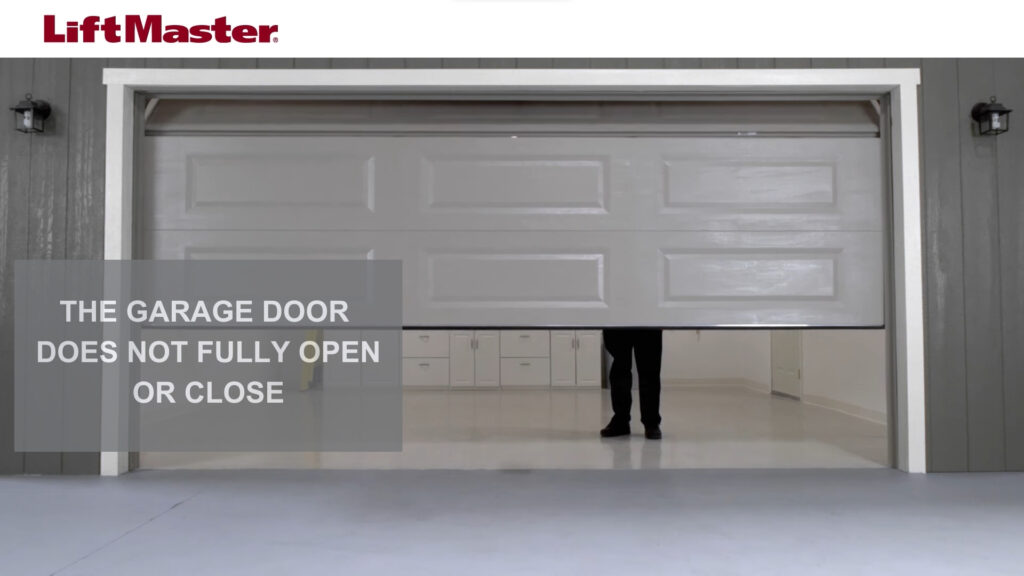
There is too much force while operating.
- Situation: The door seems to close or open with too much force.
- Cause: This is typically a result of incorrect down force settings.
- Solution: Adjust the down force settings to make the opener close the door with less force.
The garage door does not open smoothly.
- Problem: The garage door jerks or stalls during operation.
- Cause: Misaligned travel limits or mechanical issues often cause this problem.
- Solution: Check and adjust the travel limits. If the problem persists, inspect the door’s tracks and springs for any physical obstructions or damage.
The motor runs, but the door does not move.
- Issue: The opener’s motor is running, but the door remains stationary.
- Reason: It might be because of a disengaged drive chain or belt.
- Solution: Reengage or replace the drive chain or belt as needed.
The garage door opener refuses to work.
- Problem: The opener does not respond to the remote or wall switch.
- Cause: It could be an electrical issue, such as a tripped breaker or burned-out opener motor.
- Resolution: Check the power source, including the circuit breaker or GFCI outlet. If electrical components are fine, the motor might need inspection or replacement.
When to Seek Professional Help
Although DIY can fix many problems, some issues need the help of a professional. It is better to talk to a garage door expert if you are not sure about any step. Consider calling for help if the situation has to do with electrical parts or spring tension. Regular garage door maintenance can also keep these problems from happening in the first place.
Garage Door Maintenance Near Me
Is it hard for your garage door to open and close properly? No worries. At Titan Garage Doors Quad Cities, we offer comprehensive overhead door installation and maintenance. Aside from garage door services, we also do garage door opener repair quickly and at a low cost in Moline and nearby cities. Experts in all things related to garage doors, we promise to give you the best garage door service possible. Call us today for a free estimate.

